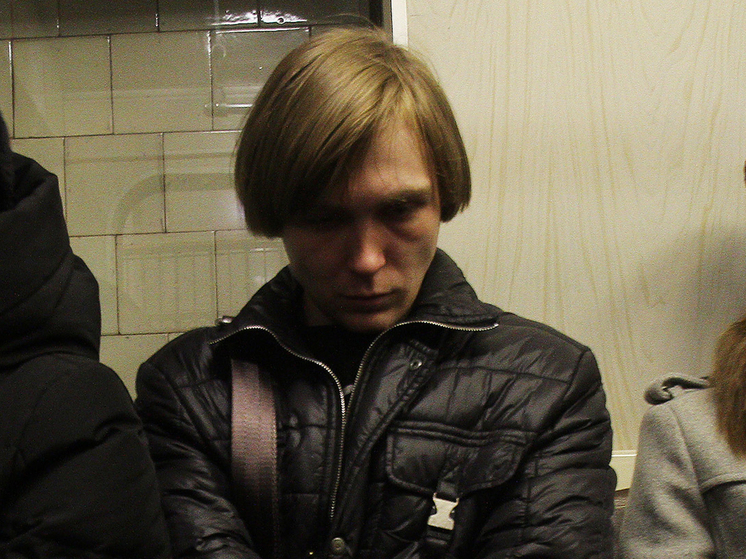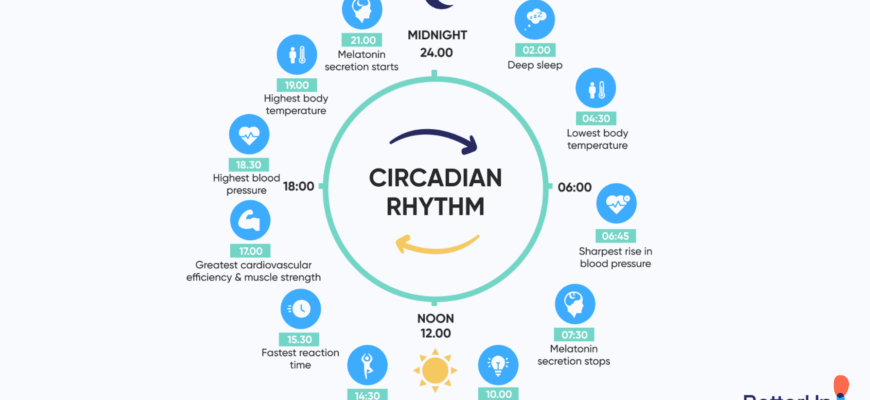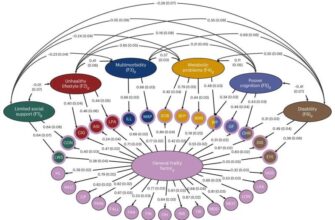Understanding the delicate dance of your internal biological clocks and their profound impact on mental well-being.
In our relentless pursuit of productivity and digital connectivity, a fundamental biological truth often gets overlooked: our bodies operate on a meticulously choreographed schedule. This internal maestro, known as the circadian rhythm, dictates everything from when we feel sleepy to when our hormones peak. For years, we’ve understood that a good night’s sleep is crucial for mental health, but recent research suggests a more nuanced, and perhaps more alarming, reality: it`s not just about how much we sleep, but how well our internal clocks are synchronized.
The Symphony Out of Tune: New Findings Emerge
A recent study from Sydney University has shed light on a fascinating, albeit concerning, phenomenon: young individuals grappling with mood disorders frequently exhibit a profound desynchronization within their own biological systems. While we might logically assume that mental health challenges impact sleep, these findings suggest a deeper, more intrinsic problem at play. Approximately 23% of patients diagnosed with depression, bipolar disorder, or anxiety were found to have significant internal circadian misalignment.
Imagine your body as a finely tuned orchestra. Each instrument – your sleep-wake cycle, hormone production, and even core body temperature – plays a specific part. In a healthy individual, these instruments play in perfect harmony, guided by the conductor: the external light-dark cycle. However, for many facing mental health struggles, this symphony goes awry. The study pinpointed that key biological rhythms, such as the secretion of melatonin (our “darkness hormone”) and fluctuations in cortisol (the “stress hormone”), along with shifts in body temperature, lose their synchronous timing.

Dissecting the Desynchronization
To unravel this complex interplay, researchers carefully monitored 69 young adults (aged 16-35) with diagnosed mood disorders, alongside a control group of 19 healthy participants. Through a combination of actigraphy (wearable sleep trackers) and overnight laboratory measurements of melatonin, cortisol, and body temperature, a clear pattern emerged. A quarter of the patients displayed substantial rhythm misalignment, most notably between their melatonin production and core body temperature.
Intriguingly, the study observed a direct correlation: individuals with more pronounced internal desynchronization experienced more severe symptoms of depression. This was particularly true for those whose body temperature dropped earlier than expected. This specific observation hints at the intricate precision required for optimal mental function, underscoring that even subtle deviations in our internal thermal regulation can have significant psychological consequences. Notably, the type of mood disorder, medication use, or even the overall duration of sleep did not alter the degree of this observed internal misalignment.
“Our findings show that in people with mood disturbances, circadian rhythms may not merely be shifted in time, but actually work out of sync,” explained lead author Dr. Joan Carpenter. “And for each person, this manifests differently: for one, melatonin may be delayed, and temperature drops early, for another — the opposite.”
The Chicken or the Egg: A Question of Causality
While the research robustly confirms a link between circadian disruption and depression, the perennial question of causality remains. Is the desynchronized clock a root cause, or is it merely a symptom, exacerbated by the very stress and emotional turmoil of a mood disorder? Scientists acknowledge that poor mood and stress themselves can throw off our delicate biological rhythms, creating a complex feedback loop that is challenging to untangle. Long-term studies are essential to fully clarify this relationship.
Another practical hurdle lies in diagnosis. Current laboratory methods, such as nocturnal saliva tests for melatonin, are cumbersome and impractical for routine clinical use. This is where the future of wearable technology and mobile applications holds immense promise, potentially offering non-invasive, continuous monitoring that could revolutionize diagnostics and personalized treatment.
Looking Ahead: Hopes for Harmonizing Health
Despite the unanswered questions regarding causality, this research opens exciting avenues for therapeutic interventions. If clinicians can learn to effectively realign these internal rhythms – perhaps through targeted light therapy, precisely timed melatonin supplementation, or structured adjustments to sleep-wake routines – it could offer a powerful new approach to improving patient outcomes. The idea of “chronotherapy” is gaining traction, recognizing that when we administer treatments or regulate daily activities can be as important as what we do.
We are, it seems, only beginning to truly appreciate the profound implications of our biological clocks for our overall mental well-being. Perhaps the most profound irony of our hyper-connected, always-on world is our tendency to ignore the most ancient and fundamental operating system within us. Synchronizing our internal selves might just be the quiet revolution we need for better mental health.









